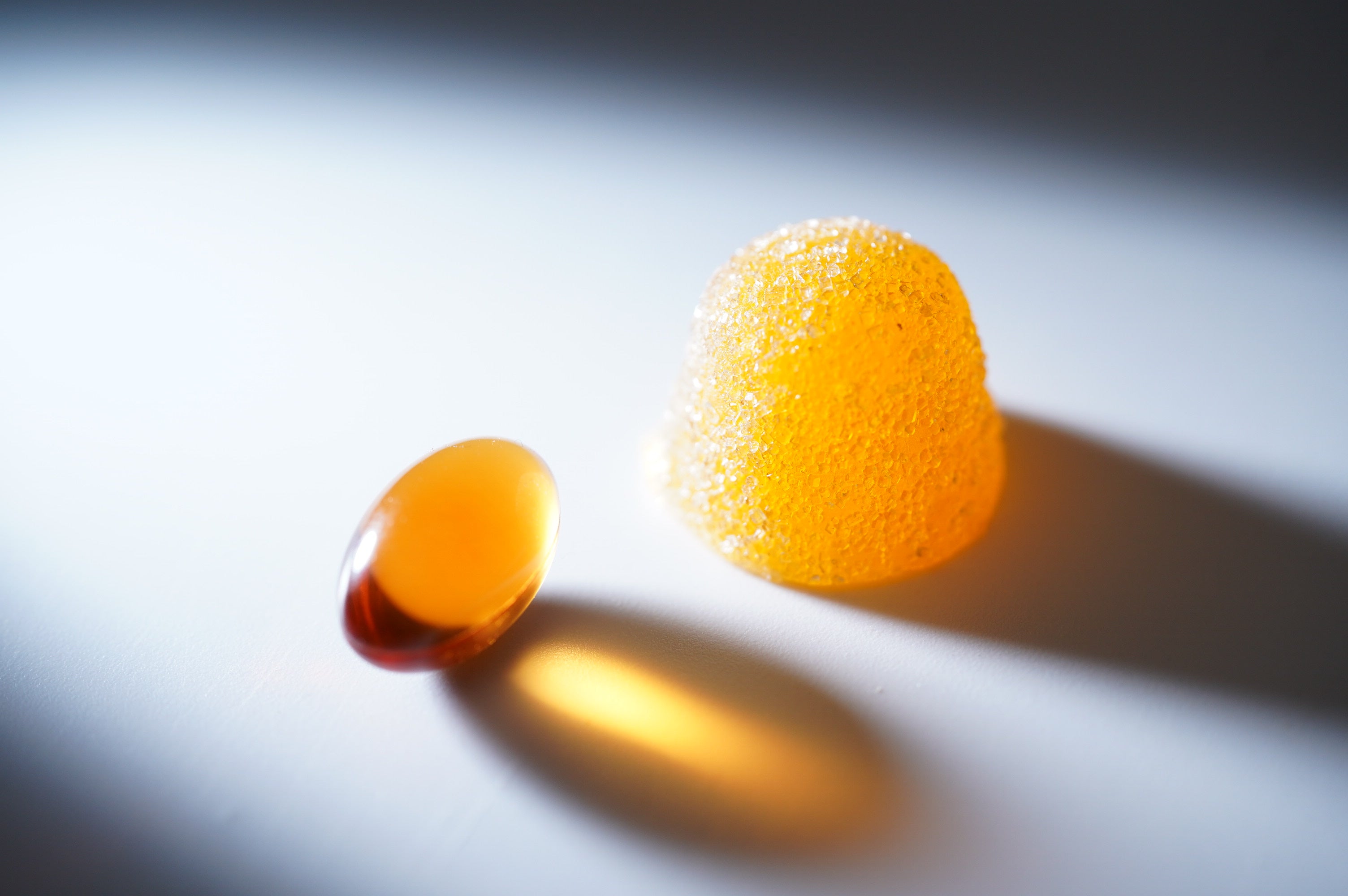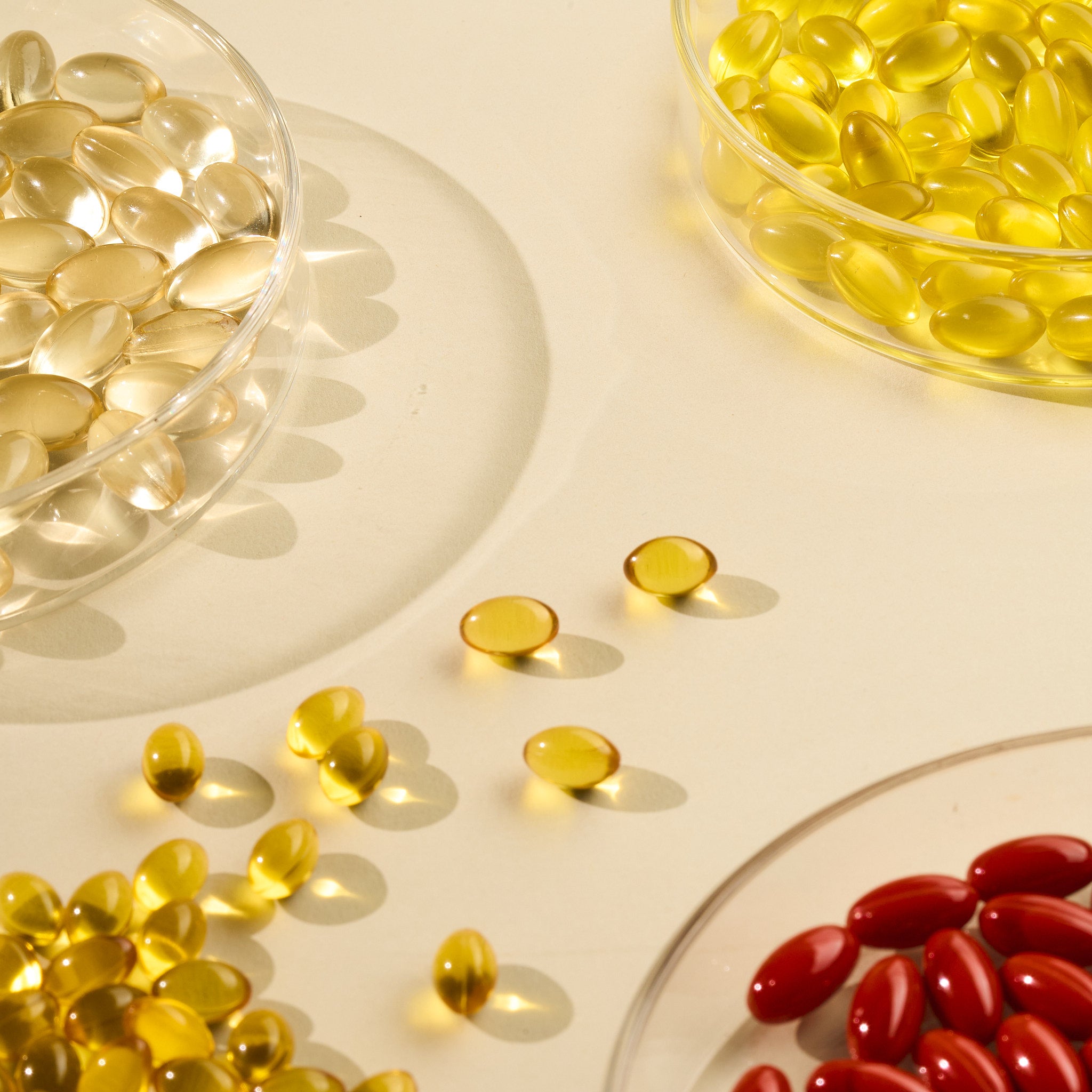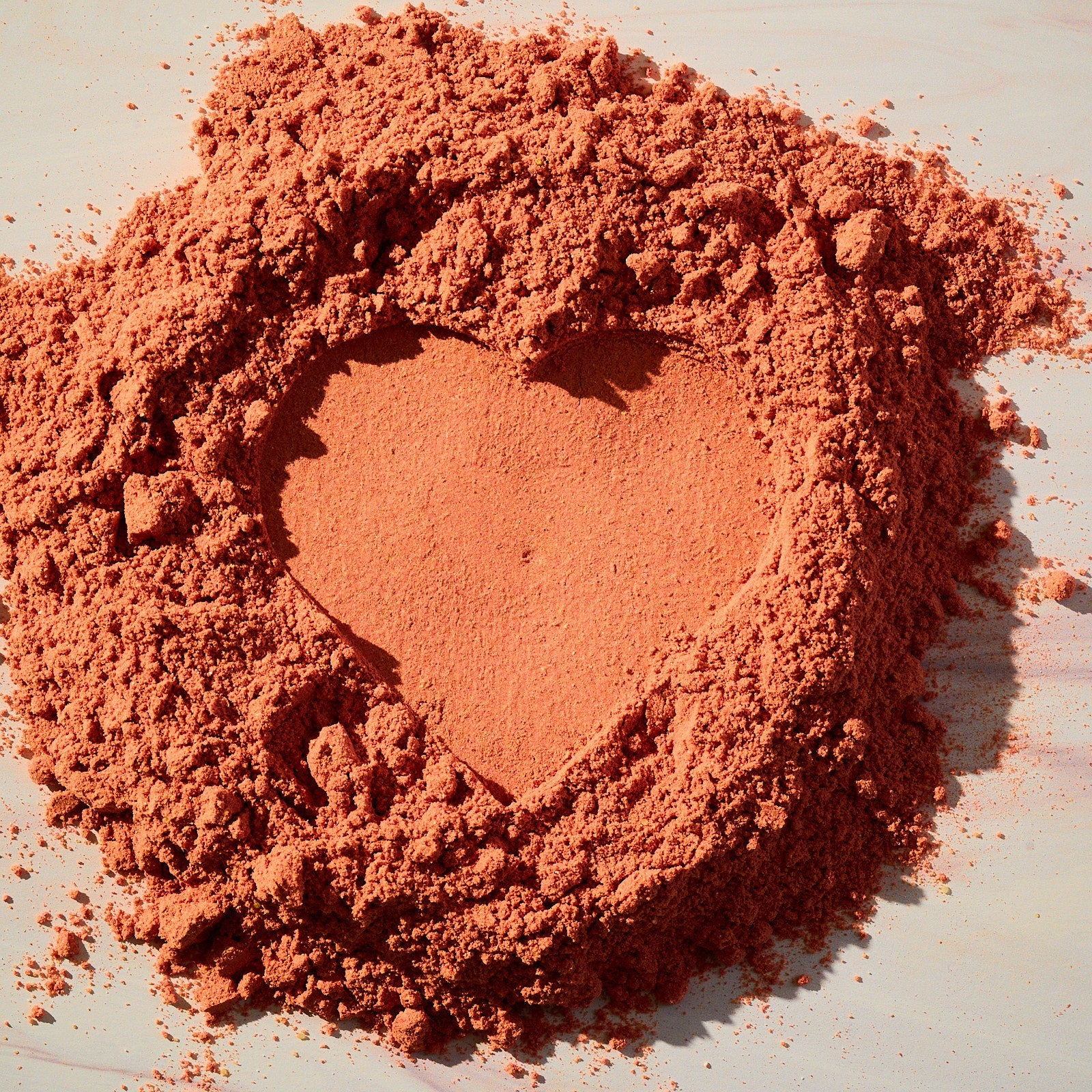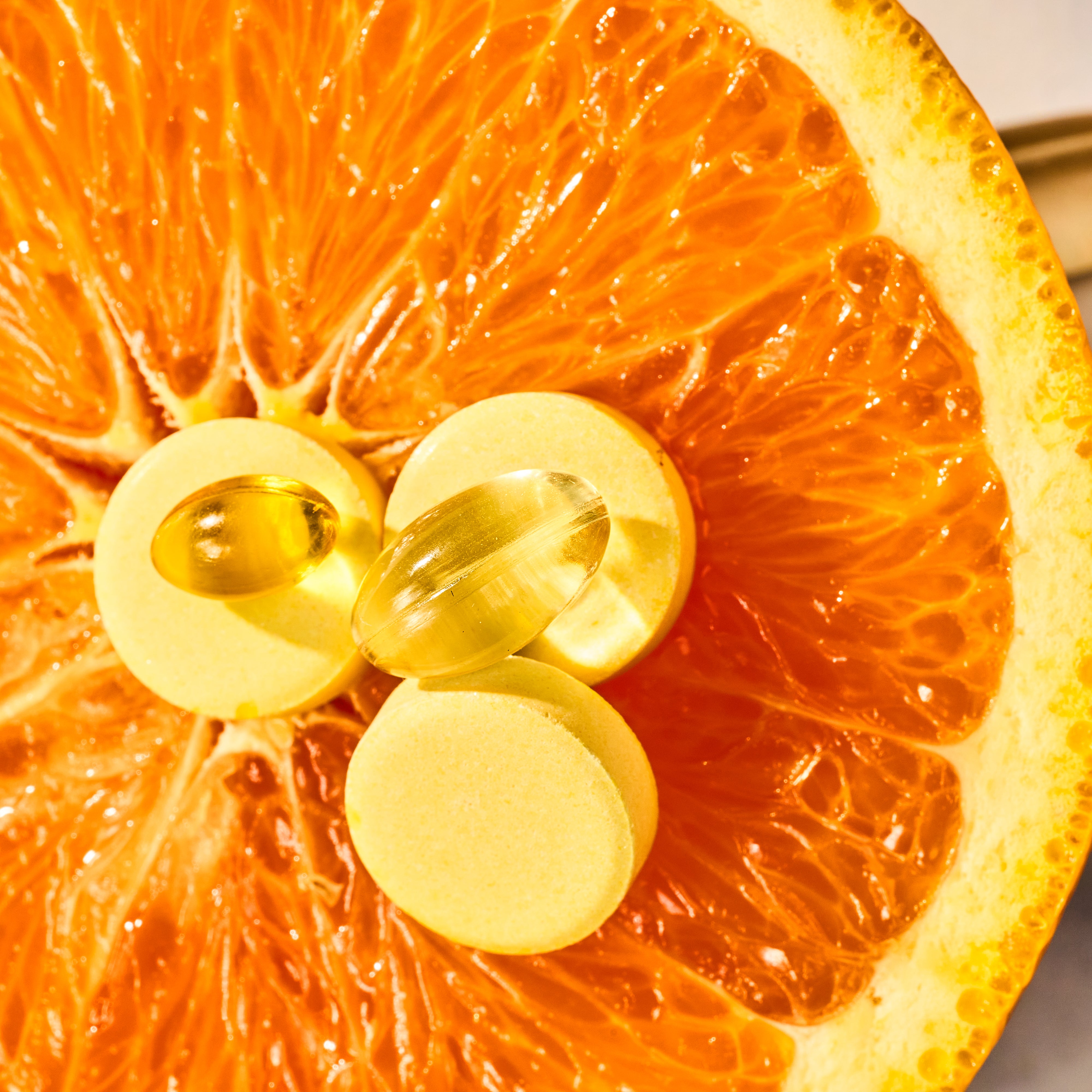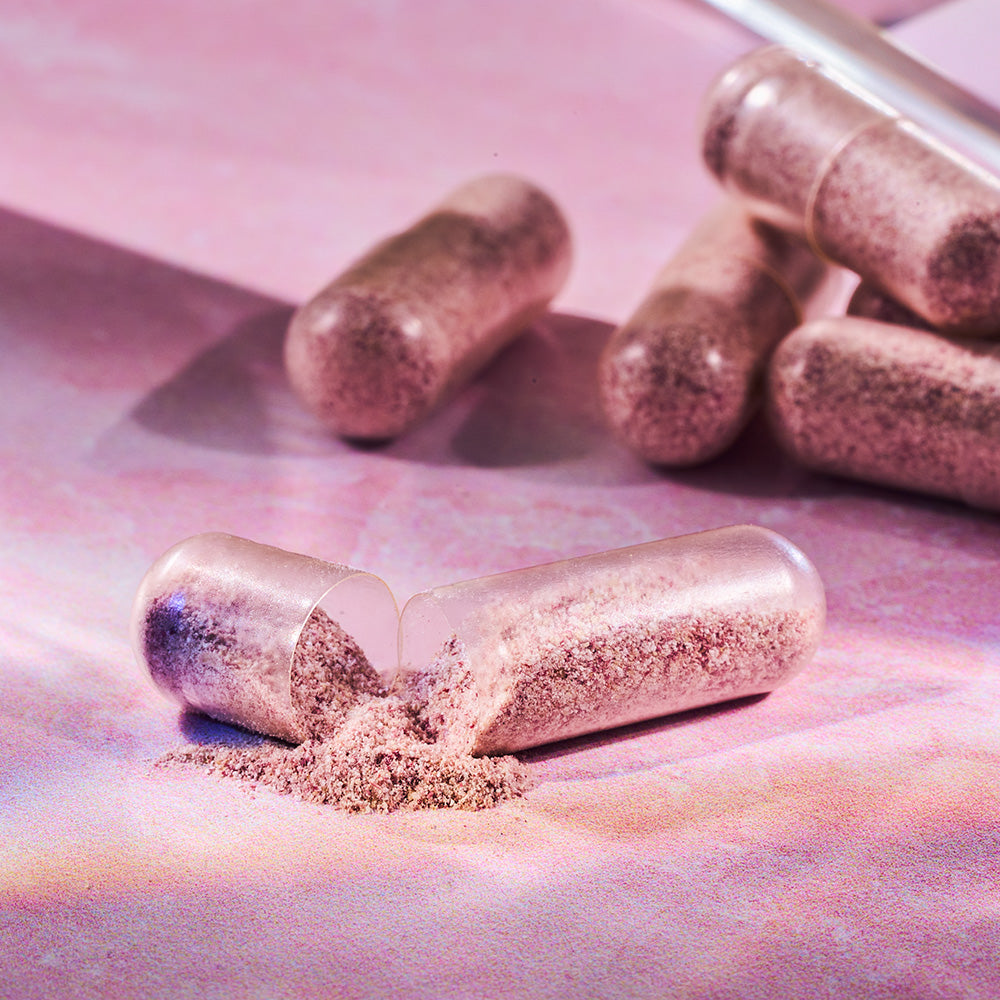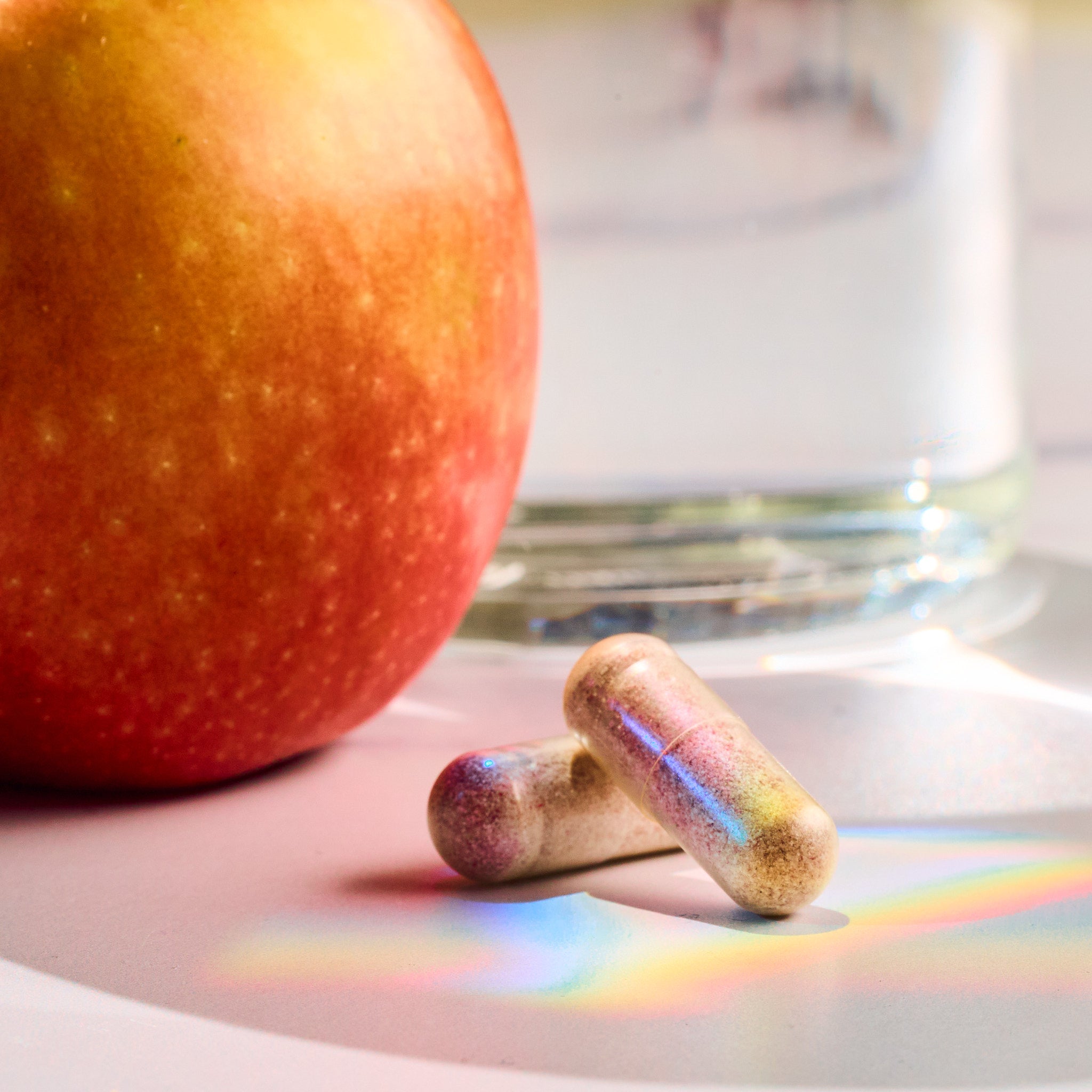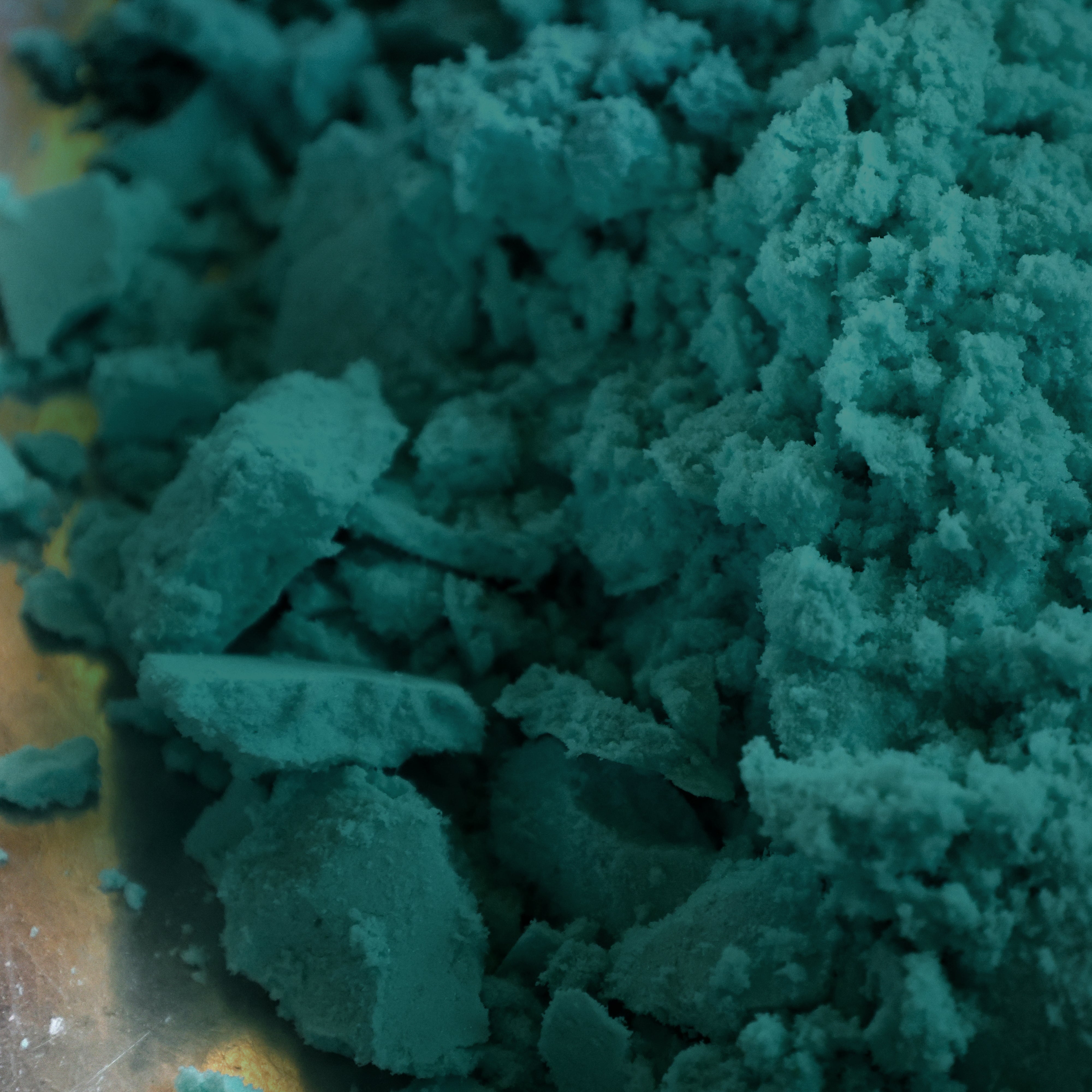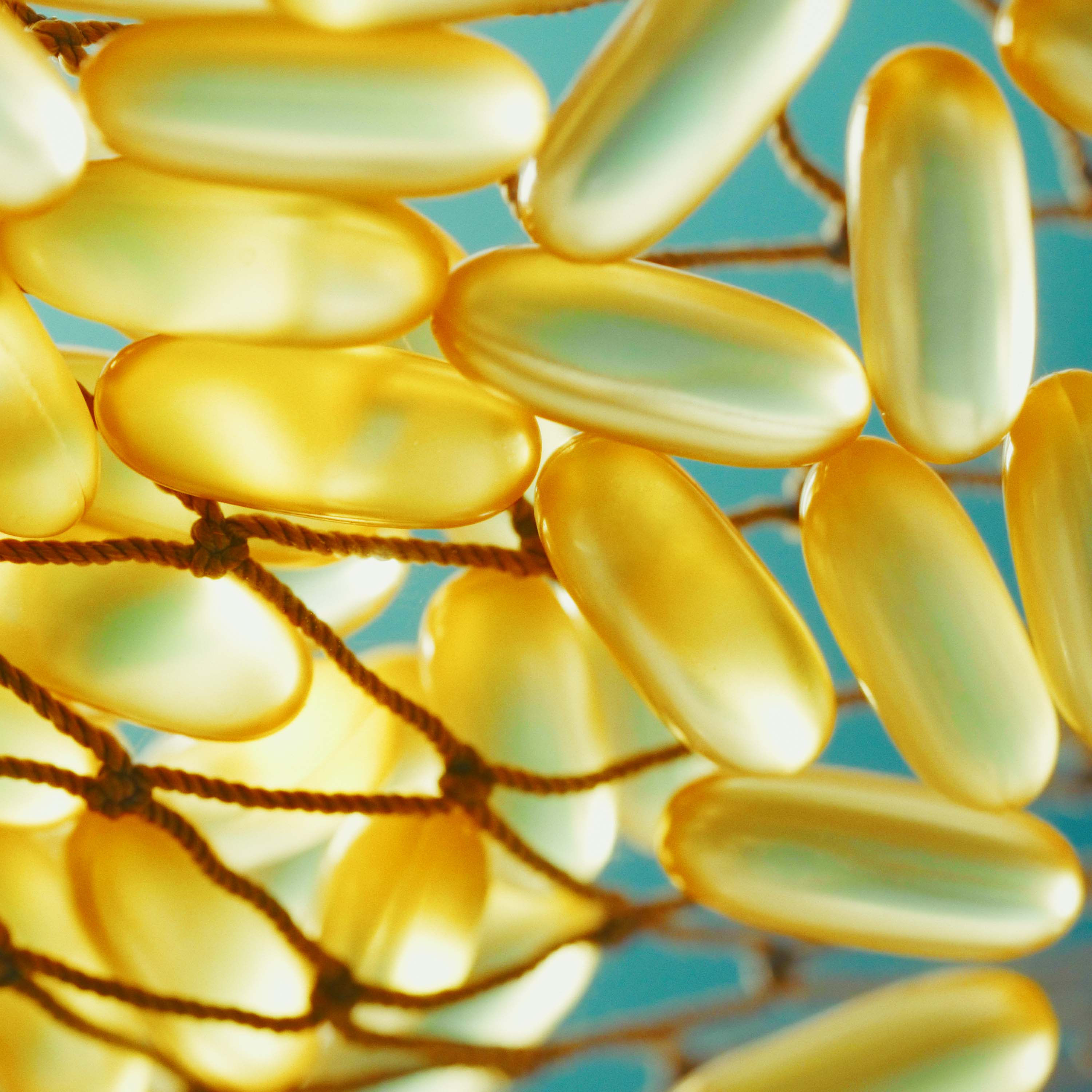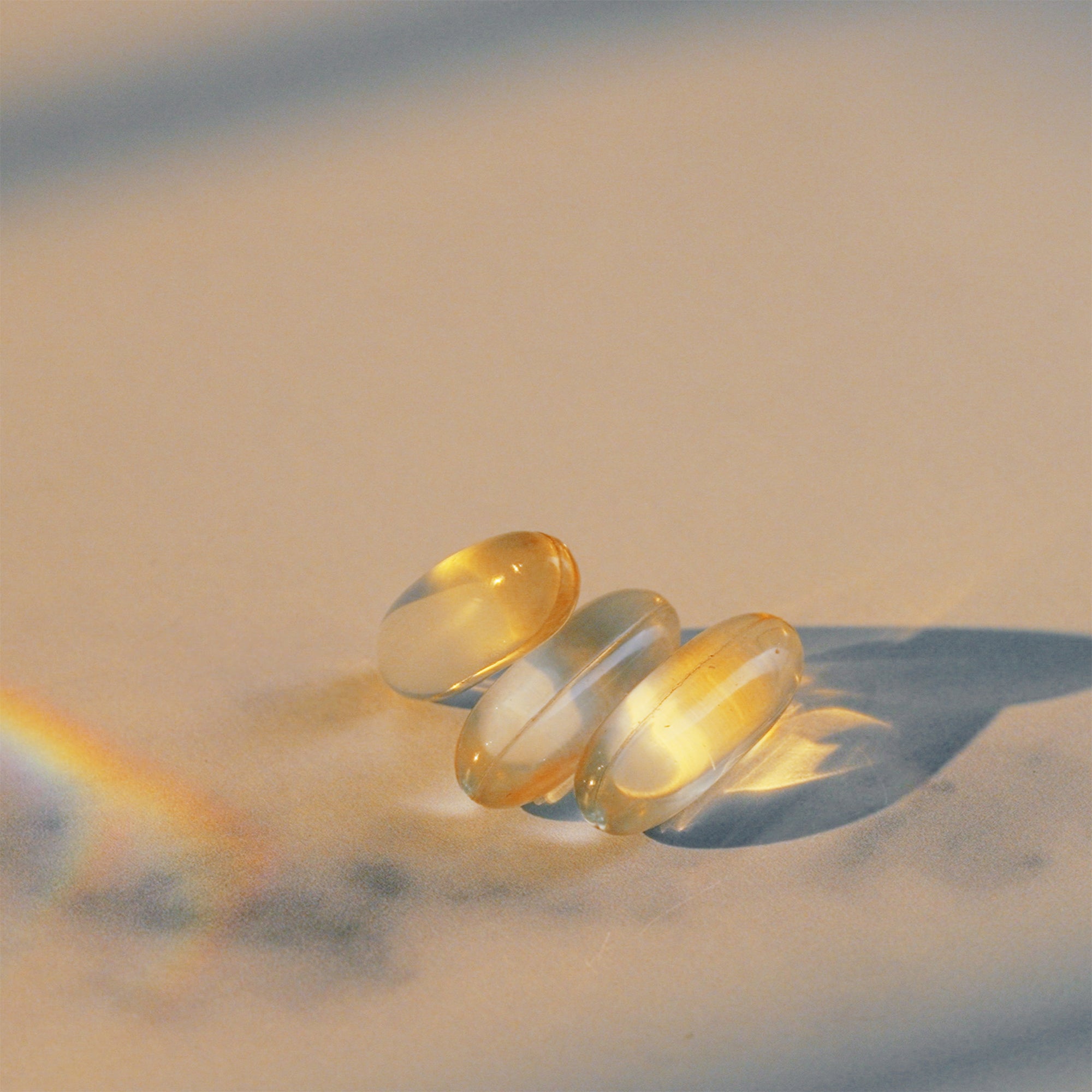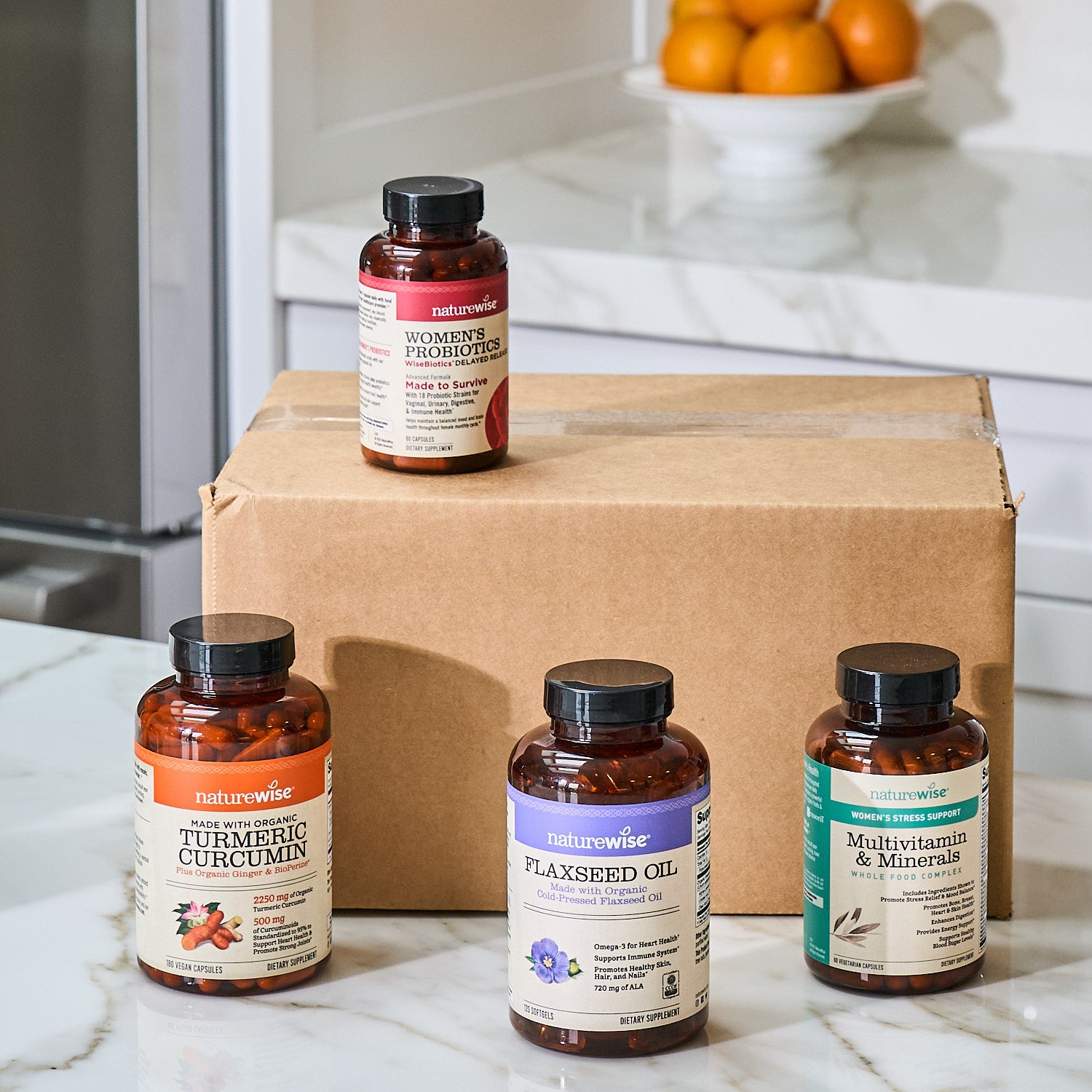Often overlooked, always important
Vitamin A protects your eyes from degeneration, the B vitamins are vital for general health and well-being, vitamin C supports your immune system, vitamin D helps build strong bones, and vitamin E has antioxidant properties. And then, hanging out all by itself six letters away, there’s vitamin K. Often overlooked and overshadowed by its better-known counterparts, vitamin K performs two vital roles in the body. It has two main forms, phylloquinone (K1) and menaquinone (K2). Each form serves a different purpose and is obtained from vastly different sources.
Have you ever wondered why there are no vitamins F, G, H, I, and J? Once upon a time, every letter of the alphabet was used to identify a particular nutrient. Continued research on the effect of each nutrient on the human body resulted in the removal and re-categorization of many “vitamins,” as scientists learned more about their nature and use. Some proved nonessential to the normal function of the human body, and others didn’t fit the agreed-upon definition of a vitamin, which is “any of several organic substances that are necessary in small quantities for normal health and growth in higher forms of animal life.”1

Vitamin F was what we now know as ALA, an omega-3 fatty acid, and vitamin G and H have been reclassified as vitamins B2 (riboflavin) and B7 (biotin) respectively. Not much is known about the substance formerly known as vitamin I, but some sources suggest that it too is now identified with the B vitamins. Vitamin J may have referred to bioflavonoids, choline, catechol, or an unknown nutrient that demonstrated some benefit to rats and guinea pigs, but none to humans.2,3
Now that we’ve cleared that mystery up, let’s talk about vitamin K.
Vitamin K was discovered by Danish scientist Henrik Dam, whose animal studies on sterol metabolism revealed the necessity of a nutrient distinct from vitamins A, C, and D. Deficiency in that nutrient caused internal hemorrhaging, which led Dam to dub it “koagulations vitamin,” which was later shortened to vitamin K.9
The functions of vitamin K
Vitamin K has several different types, but K1 and K2 are most prevalent in the human body. Substantial amounts of K1 are present in dark leafy greens like kale, collard greens, spinach, broccoli, and brussels sprouts, but because vitamin K is a fat-soluble vitamin, K1 from plants is not always easily absorbed. Still, it accounts for 75–90% of the vitamin K humans consume and K1 deficiency is rare.4 All types of vitamin K play a role in the activation of proteins that enable blood clotting, and K1 is no exception.

K2 is found in limited food sources like egg yolks, hard cheeses, sauerkraut, and natto, or fermented soybeans. Because these foods are unappealing to a large percentage of the population, the average intake of this vitamin through food is usually low. Food isn’t the only source of K2, however: The body can partly convert K1 into K2, though the process is largely inefficient. It is also produced by the bacteria that live in the large intestine. If these bacteria are upset by imbalances or depleted by antibiotics, K2 levels may be negatively impacted. For these reasons, K2 supplementation is a useful way to ensure an adequate intake of vitamin K2.

Like K1, K2 helps to activate proteins that play a role in blood clotting and wound healing. It also reduces blood vessel calcification, which may help prevent heart disease, and contributes to the metabolism of calcium, helping to form bones and maintain bone density.5 A substance that possesses antioxidant properties, K2 helps to protect cell membranes from damage and facilitates the production of energy within cell mitochondria.6
K2 is divided into subtypes called menaquinones, 14 of which are known. These substances are numbered based on the length of their side chains. For humans, the most important subtypes are MK-4 and MK-7.
What K2 deficiency looks like
Vitamin K deficiency can occur for several reasons. Because K1 is more easily obtained from food sources, deficiency of this form is unlikely. K2, however, may be lacking in the diet given the uncommon nature of the food sources that contain it. Anticoagulants and antibiotics can also interfere with K2 levels, as can excessively high doses of vitamin A or E. Some conditions, like celiac disease and cystic fibrosis, inhibit the body’s absorption of fat. Because vitamin K is a fat-soluble vitamin, these conditions can cause depletion.
Symptoms of vitamin K deficiency include heavy bleeding, easy bruising, blood clots under the nails, and the appearance of blood in mucous membranes. Suboptimal, but not extremely depleted, levels of vitamin K may increase the risk of heart disease and contribute to reduced bone mineralization, elevating the potential for fractures and the onset of osteoporosis.7 For this reason, maintaining an adequate intake of vitamin K is crucial for long-term health!
What sets NatureWise Vitamin K2 apart
Of the subtypes of vitamin K2, menaquinone-4 (MK-4) and menaquinone-7 (MK-7) offer the most benefits for human health. In supplement form, MK-7 is more readily absorbed by the body and can be converted into MK-4 for necessary functions. This may be because MK-7 has a longer side chain than MK-4, allowing it to circulate in the blood for a longer period of time.
NatureWise Vitamin K2 contains 100 mcg of VitaMK7®️, the most advanced form of vitamin K2. Combined with extra virgin olive oil to promote absorption, VitaMK7®️ is naturally produced, bioavailable, and vegan! Taking just one softgel per day supports the absorption of calcium, encourages the synthesis of proteins for blood clotting, and promotes heart health and energy production.* Our Vitamin K2 is manufactured in a cGMP-certified facility and is free of gluten, soy, fillers, and genetically modified ingredients.

*These statements have not been evaluated by the FDA. These products are not intended to diagnose, treat, cure, or prevent any disease.
SOURCES
- https://www.britannica.com/science/vitamin
- https://ro.uow.edu.au/cgi/viewcontent.cgi?referer=https://www.google.com/&httpsredir=1&article=4540&context=smhpapers
- https://www.washingtoncitypaper.com/columns/straight-dope/article/13046516/why-does-vitamin-k-exist-but-not-vitamin-h-and
- https://www.healthline.com/nutrition/vitamin-k1-vs-k2
- https://www.healthline.com/nutrition/vitamin-k2
- https://www.medicalnewstoday.com/articles/325059
- https://www.medicalnewstoday.com/articles/320394
- https://pubmed.ncbi.nlm.nih.gov/21155624/
- https://link.springer.com/chapter/10.1007/978-1-4899-1789-8_19
- https://jonnybowden.com/blog/the-most-important-vitamin-we-never-talk-about/
- https://www.todaysdietitian.com/newarchives/060113p54.shtml
- https://www.healthline.com/nutrition/vitamin-d-and-vitamin-k
- https://www.ncbi.nlm.nih.gov/pmc/articles/PMC5613455/
- https://www.ncbi.nlm.nih.gov/pmc/articles/PMC3502319
